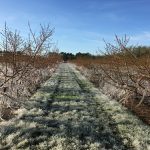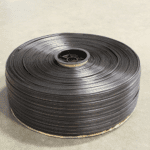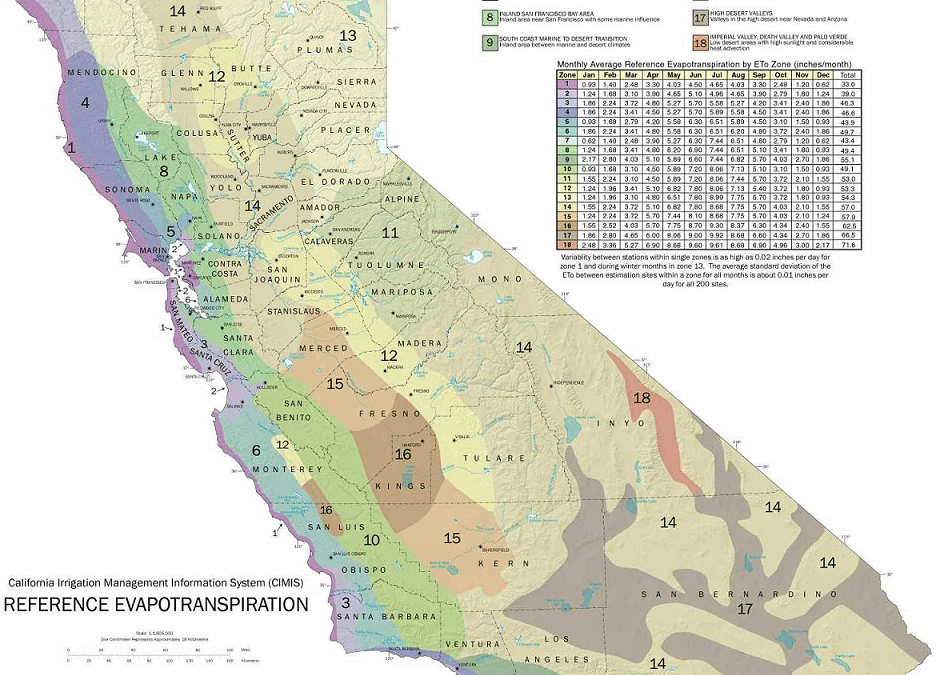
Understanding Application Rates
Acre Inches
Water is measured in different units depending on the situation: we use gallons, cubic feet, and acre feet in the United States. A gallon is typically the easiest to picture when thinking about a gallon of milk. The emitters we use are made in gallons per hour (GPH) and we measure pipeline flow rates in gallons per minute (GPM). The other units typically take more work to imagine. Cubic feet of water is the unit used for canals and reservoirs, and flow rates of district canals are given in cubic feet per second (CFS). We use the acre inch (Ac In) when talking about irrigation, and the numbers are usually in decimals. One acre inch (Ac In) is equal to 27,154 gallons.
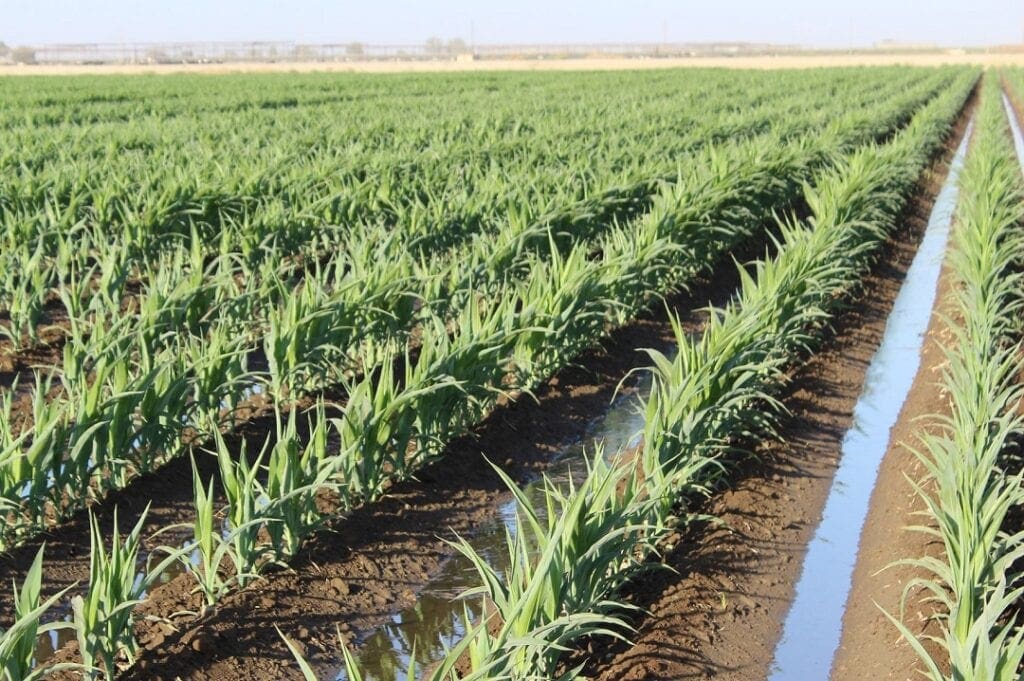
Crop Requirements
Each type of plant needs a certain amount of water to produce a crop, and more water is need in the summer months. The California Irrigation Management Information System (CIMIS) has published a map showing different geographic zones and a table of monthly averages. The amount of water that evaporates into the atmosphere and transpires (given off as water vapor) through a plant are combined to form evapotranspiration (ET). Because crops have different requirements, individual crop evapotranspiration (ETc) numbers have been determined by CIMIS. Tree fruit and nuts, for example, might need 7 inches of water in the hottest months while vines need 6 inches. For comparison, the reference ET number (ETo) is based on grass or alfalfa. A good irrigation design takes into account crop type and location in order to meet seasonal demand.
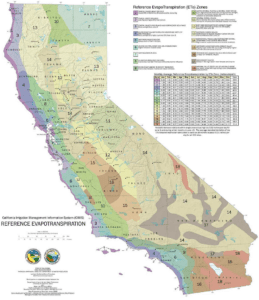
What Affects Application Rate
The main components of application rate are irrigation run time and flow rates of emitters. Factors such as the row spacing and distance between emitters also affect the number. We have a calculator in our resources tab to measure the application rate of a field.
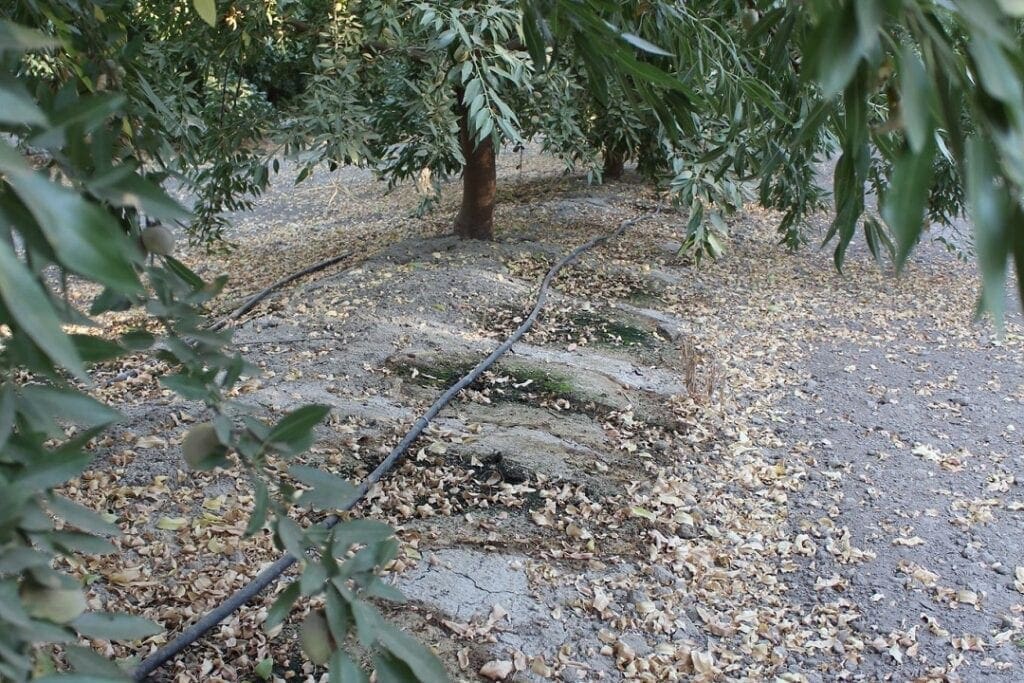
Here are some examples for how the rate is calculated. These figures are based on the average layout for crops we tend to deal with. The distances between sprinklers and rows change how quickly water can be applied.
For Sprinklers: 10 ft emitter spacing x 18 ft row spacing = 180 sq ft per emitter
43,560 sq ft per acre / 180 sq ft per emitter = 242 emitters per acre
The same goes for drip tubing with set dripper spacing. Divide one acre by the distance between rows to find the length of tubing per acre. Remember to double the number if you are calculating for double line drip.
For Drip: 43,560 sq ft per acre / 22 ft row spacing x 2 hoses per row = 3,960 ft of tubing per acre
3,960 ft of tubing / 2 ft dripper spacing = 1,980 emitters per acre
After finding the total number of emitters in an acre, you can factor in the emitter flow rate. If the drippers or sprinklers are not pressure-compensating, the flow rates will increase at higher pressure. Most manufacturers put technical information for emitters on their websites that show the relationship between pressure and flow rate.
Sprinklers: 242 emitters per Ac x 8.4 GPH = 2,032.8 GPH per Ac
2,032.8 / 27,154 gallons per Ac In = 0.0749 Ac In per Hr
Drip: 1,980 emitters per Ac x 0.53 GPH = 1,049.4 GPH per Ac
1,049.4 / 27,154 gallons per Ac In = 0.0386 Ac In per Hr
For row crops and flood irrigation, you can use the pump flow rate and number of acres to find your gallons per hour per acre. From there, divide by the same 27,154 to get acre inches per hour.
How It Applies to Your Field
Irrigation scheduling should be evaluated often to be sure that changing seasonal needs are met. Based on those requirements and the flow rate of available water, an irrigator can plan their run times for each set. Another thing to note is that a higher application rate is not always better with certain soil types. In sandy soil, heavy watering can accelerate leaching into the soil that will draw water away from the root zone. With more clay in the soil, irrigating faster than the soil can absorb water will cause it to pool on the surface. As with many things in farming, it’s good to keep an eye on the field to make sure your irrigation is dialed in.
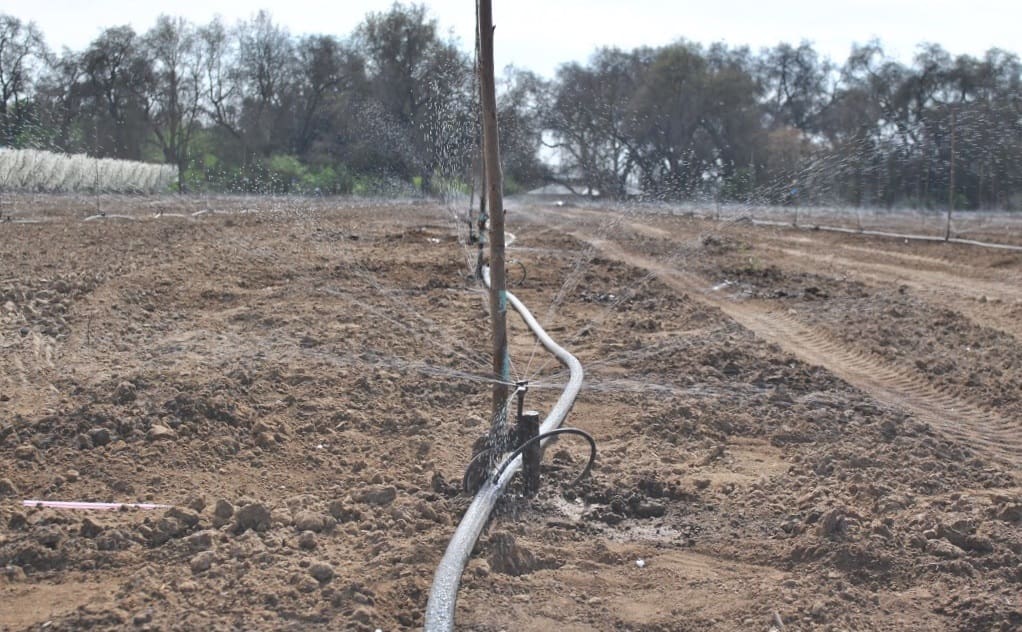
If you’re interested in learning more about application rates, the sites below have more information.

